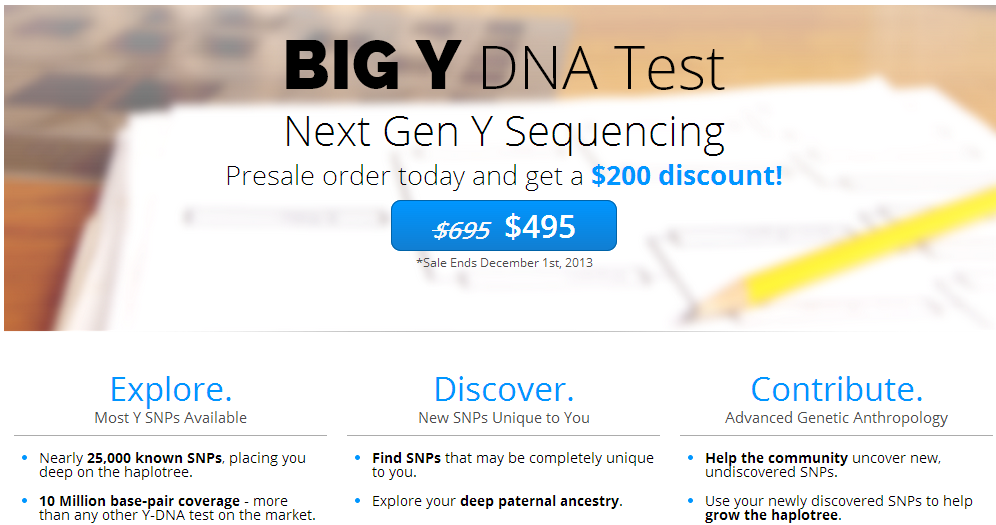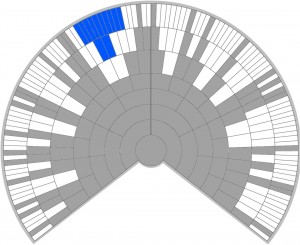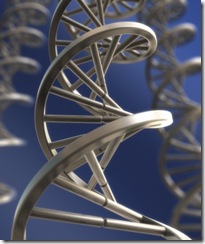 Following a trend inspired by discussions at the recent Conference for Family Tree DNA Group Administrators, Family Tree DNA has released a new set of updates. This week’s update includes the ability to change the location for your most distant known maternal or paternal ancestors, and the ability to determine which of your Family Finder matches actually match each other. Although this functionality was previously available, it was cumbersome and was not accompanied by any visualization.
Following a trend inspired by discussions at the recent Conference for Family Tree DNA Group Administrators, Family Tree DNA has released a new set of updates. This week’s update includes the ability to change the location for your most distant known maternal or paternal ancestors, and the ability to determine which of your Family Finder matches actually match each other. Although this functionality was previously available, it was cumbersome and was not accompanied by any visualization.
From Family Tree DNA:
Weekly Information Technology/Engineering Update (10 Dec 2013)
Matches Maps Locations Clear Button
Some users have requested the ability to clear their stored map coordinates for their most distant known maternal or paternal ancestors. We have added a Remove Location button to Step 3 of the Update Most Distant Ancestor’s Location wizard.


 Understanding the complexities of autosomal DNA can be very challenging for newbies.
Understanding the complexities of autosomal DNA can be very challenging for newbies. In 1991, German tourists in the Alps discovered the mummified remains of a man who died approximately 5,000 years ago. Named
In 1991, German tourists in the Alps discovered the mummified remains of a man who died approximately 5,000 years ago. Named 